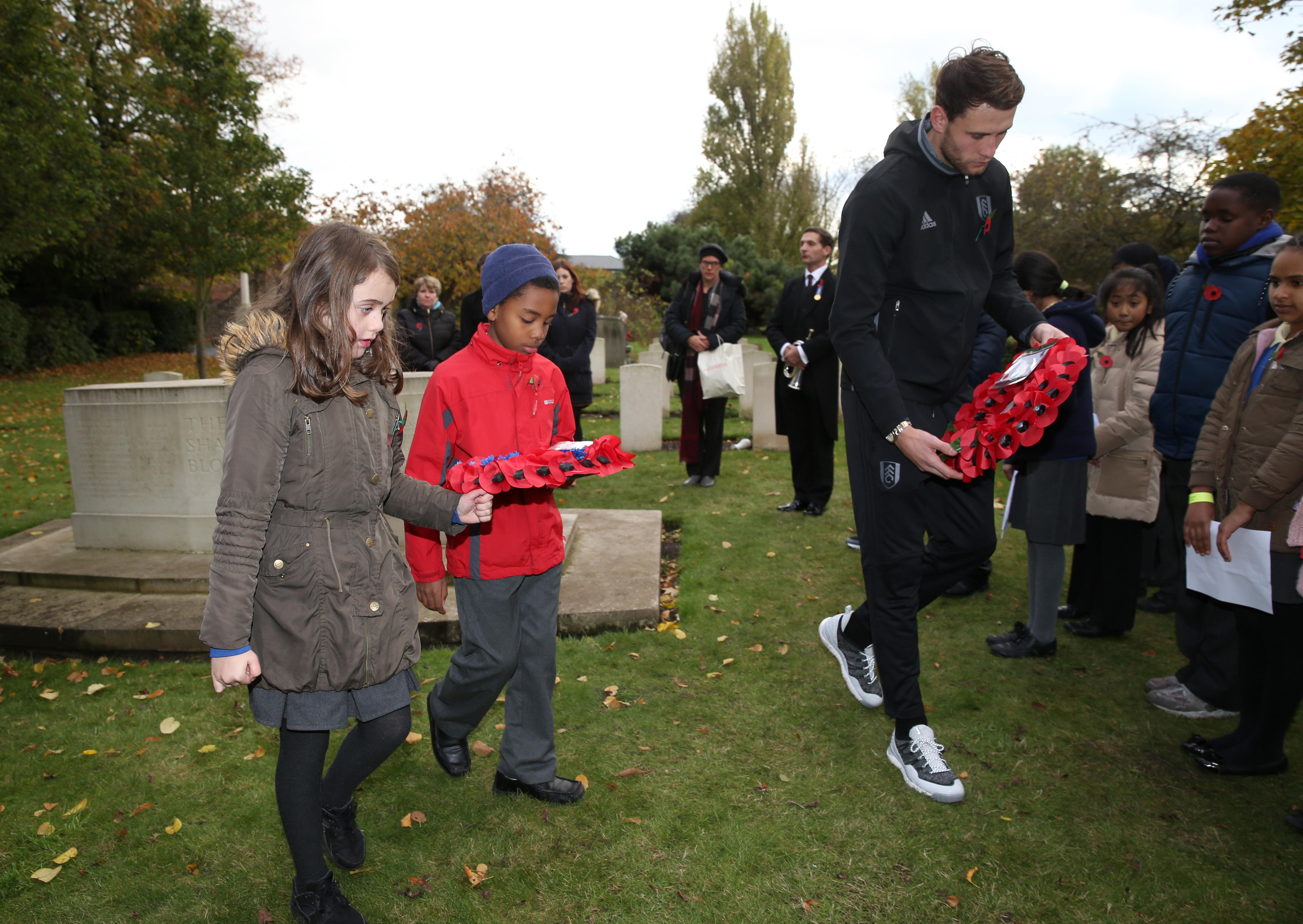Just before kick-off in the recent match between Fulham and Sheffield Wednesday the announcer read out the names of players from both clubs who had lost their lives in the First World War.
The list was so long that many in the crowd had begun to applaud long before it was finished.
Even those meticulously researched lists cannot have included the full roster of war victims connected with the clubs. I have written in these columns about the legendary Welsh goalkeeper LR Roose, who made one guest appearance for Fulham FC. He is thought to have died in the final days of the Somme campaign on 13 November 1916. His body was never identified.
But Herbert John Perkins had a much closer affiliation with Fulham FC than Roose. Better known as Bert, he was born on Christmas Eve 1890 in Chelsea. His father Alfred, who was a travelling salesman in the grocery trade, found a new home for the family in Rosebury Road, Fulham, and from August 1894 Bert and his elder brother Alfred attended the nearby Langford School.
After leaving school Bert became a junior Civil Servant and also joined the West London Old Boys FC, which had been founded by Leslie Bowker, later to be President of Fulham FC.
The Old Boys were a major force in local amateur circles, and in March 1911, Bert Perkins and Leslie Bowker were invited to join Fulham FC’s reserve side. The two friends played regularly for Fulham’s second string and though, as amateurs, they had little hope of breaking into the first team they were very popular with the fans.
When War was declared in 1914 the Old Boys disbanded, and Leslie and Bert both enlisted with the London Scottish. This regiment was immediately called into action at Mons, the Marne, Ypres and Loos.
Leslie was to survive the War but Bert died in action on the 27th September 1915. The Fulham FC programme for the 9th October 1915 reports: “Our players were grieved to learn that Bert Perkins had passed away after being wounded in the fighting line in Flanders. There were tears in many eyes when the manager conveyed the sorrowful tidings to the first team.”
This was not the end of suffering for the Perkins family. Bert’s brother Alfred was killed on the 4 November 1918, just a week before the Armistice.
A century later the sacrifice made by so many young men continues in our collective memory.
The views expressed in this blog are those of the author and unless specifically stated are not necessarily those of Hammersmith & Fulham Council.

